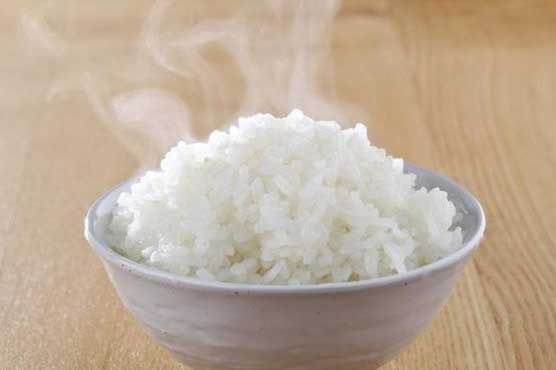Common method of cooking rice can leave traces of arsenic in food, scientists warn

It is generally believed traces of arsenic are expelled when the rice is cooked.
(Online) - Millions of people could be putting themselves at risk by cooking their rice incorrectly, scientists have warned.
Recent experiments show a common method of cooking rice — simply boiling it in a pan until the water has steamed out — can be insufficient in preventing exposure to traces of the poison arsenic, which contaminates rice while it is growing as a result of industrial toxins and pesticides.
The chemical has been linked to a range of health problems including heart disease, diabetes and cancer, as well as development problems.
While it is generally believed traces of arsenic are expelled when the rice is cooked, it has now been claimed this only takes place adequately when the rice is soaked overnight.

Andy Meharg, professor of biological sciences at Queens University Belfast, tested three ways of cooking rice for the BBC programme ‘Trust Me, I’m a Doctor’, to see whether it altered the levels of arsenic.
In the first method, Professor Meharg used a ratio of two parts water to one part rice, where the water was “steamed out” during cooking — a method commonly used. He found this left most of the arsenic present.
The safest method of cooking rice is therefore to soak it overnight, then wash and rinse it until the water is clear, before draining it well and boiling in a saucepan, with a ratio of five parts water to one part rice.
According to 2014 research from Channel 4’s Dispatches and the Institute for Global Food Security, around 58 per cent of rice-based products in the UK contained high levels of arsenic. However, new legal limits were introduced last year by the EU in response to safety concerns.

